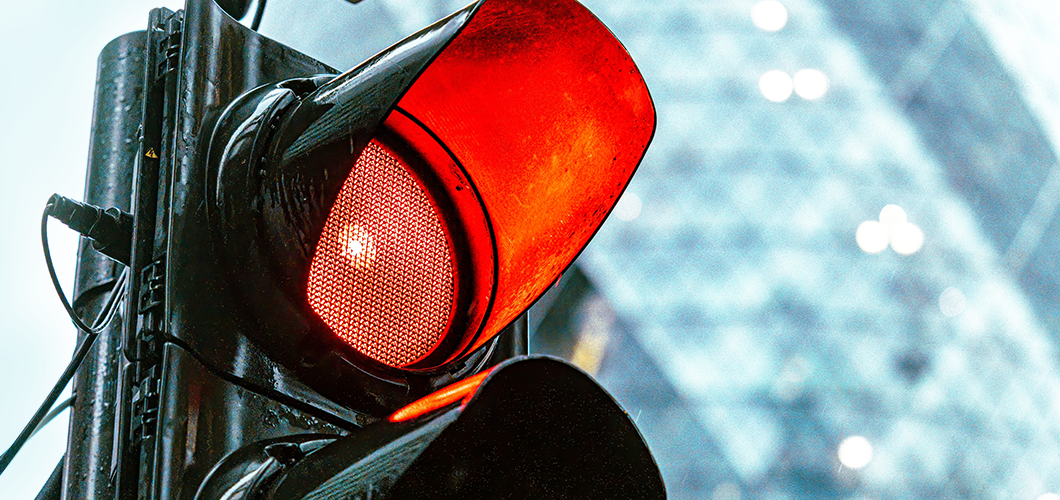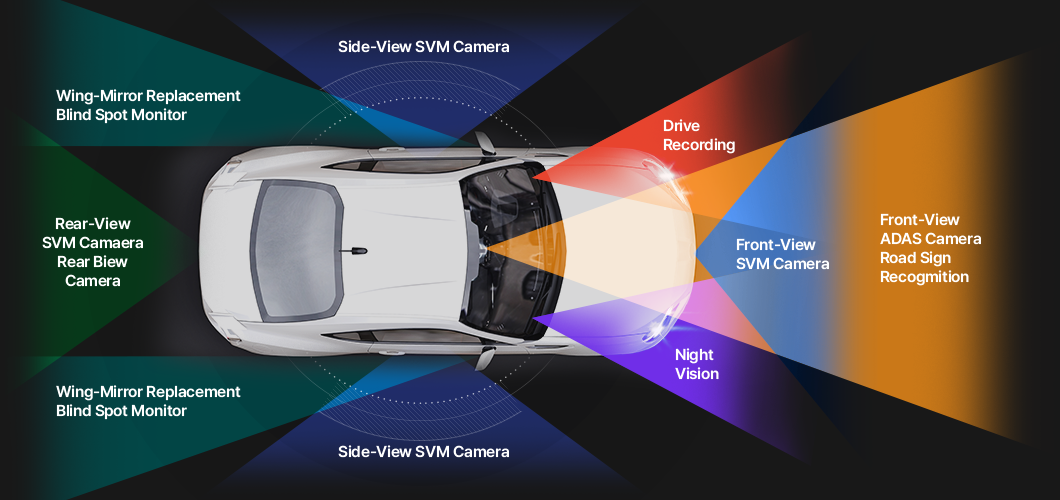Technology
실사와 근접한 영상 품질을 구현하기 위한 픽셀플러스만의 기술을 제공합니다.
HiperVis
기술 개요
픽셀플러스만의 독자적이고 혁신적인 Pixel, Analog, Digital 및 Image Signal Processing 설계 기술을 바탕으로한 픽셀플러스의 다양한 HiperVis 이미징기술은 어떠한 응용 및 환경에서도 뛰어난 영상 품질을 보장합니다.
HiperVis 특징

- 픽셀플러스는 최고의 영상 품질을 보장하기 위하여 다양한 픽셀 설계 기술을 연구개발하고 있습니다.
- - 랜덤 노이즈(Random Noise) 및 RTS(Random Telegraph Signal) 노이즈를 최소화하고, SNR(Signal to Noise Ratio)를 향상 시키기 위한 픽셀 설계 기술
- - 전하 전달 효율을 유지하면서 Full Well Capacitance 를 개선하기 위한 도핑 최적화 기술
- - Read Noise를 줄이기 위한 Source follower buried channel 기술
- - 감도를 향상시키기 위하여 작은 FD capacitance 조건에서도 Charge transfer를 향상하기 위한 최적의 픽셀 design 및 공정 최적화 기술
- - 인접 픽셀 간 Crosstalk 을 최소화 하는 Deep Trench Isolation 기술
- - LCG(Low Conversion Gain) 및 HDR 특성 확보를 위해서 High FWC(Full Well Capacitance) 확보를 위한 픽셀 design 및 공정 최적화 기술
- - 850~940nm 대역의 IR(Infrared) QE(Quantum efficiency) 감도 증대를 위한 BST(Backside Scattering Technology) 공정 적용 및 최적화 기술

- 다이나믹레인지(Dynamic Rage) 는 한 화면에서 가장 밝은 부분과 가장 어두운 부분을 표현할 수 있는 범위를 나타내는 기준으로, 자동차 및 보안카메라용 응용에서는 기존 60dB 수준의 일반 카메라 대비 100dB 이상의 더 넓은 수준의 다이나믹레인지를 표현할 수 있는 HDR(High Dynamic Range) 기술이 요구됩니다. 이에 픽셀플러스는 120dB 이상의 HDR 기술을 적용한 이미지센서를 개발하기 위하여 다음의 기술을 연구개발하고 있습니다.
- - DCG(Dual Conversion Gain) 기술과 Multi exposure 기술을 활용한 120dB High Dynamic Range 영상 구현
- - 최적화된 HDR Combine Reconstruction 기술을 적용하여 최상의 영상 품질 제공
- - 고정밀/고속 ADC(Analog Digital Convertor) 기술로 HDR 기술 구현을 위한 Multi-Imaging 기능 제공

- 픽셀플러스의 LFM(LED Flicker Mitigation) 기술은 최근 교통 신호등에 LED 신호등이 적용되면서 일반 이미지센서로 촬영시 발생하는 LED Flicker 현상을 개선하기 위한 픽셀플러스 만의 Small Photodiode 설계 기술을 적용하여, LFM과 HDR 기능을 동시에 제공합니다.

- HiperVis 기술이 적용된 이미지센서로 후방카메라, SVM 카메라, 실내 모니터링 카메라, Wing-Mirror 카메라 및 전방 카메라 등 다양한 ADAS(Advanced Driver Assistance System)응용에 적용할 수 있습니다.
- 픽셀플러스는 특히 Surround View Monitoring 시스템에 특화된 센서와 ISP 기술을 확보하고 있습니다. 이를 통해 가격 경쟁력이 높으면서도 뛰어난 영상 품질과 안정성이 높은 SVM 솔루션을 개발할 수 있습니다.
- 자체 연구개발하여 특허 출원한 CNA(Color Noise Adaptation) 기술을 적용함으로써, 기존 이미지센서가 RGB컬러 영상과 적외선 영상을 각각 별도로 출력해야 하는 한계를 극복하여 색 정보와 적외선 정보를 한 화면에 구현할 수 있는 신개념 이미지센서를 개발하였습니다.
본 이미지센서는 적외선 영상 처리를 위한 별도 ISP 칩 없이도 일반 RGB 컬러 영상 처리용 ISP 칩만으로 카메라를 구성할 수 있도록 지원하는 특징이 있습니다.